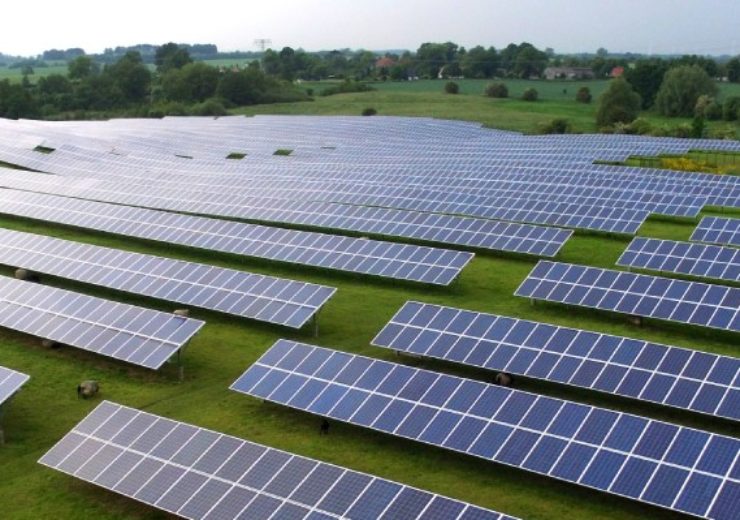The results of the analysis include a statistical comparison of available resources presented in a user-friendly chart, table and map

DNV GL’s Solar Resource Compass improves solar irradiance data selection. (Credit: DNV GL)
DNV GL has launched a new online tool, Solar Resource Compass, that aggregates solar irradiance from many leading data providers to help users make more informed decisions about the data available and the variance between data sources. Solar Resource Compass also leverages analytics developed by DNV GL over the last 20 years to identify outliers to help users avoid selecting the wrong data for a solar project. It also estimates loss factors for dust soiling and snow accumulation based on historical precipitation for any project site in the United States.
As the margins on solar projects are slim, developers, investors, and owners require the most accurate tools to select sites and model energy calculations to ensure that their projects will provide the expected financial returns.
To reduce the risk of selecting solar irradiance data that may overvalue or undervalue a solar project, Solar Resource Compass allows the user to easily compare irradiance data from multiple sources for any U.S. project location. The results of the analysis include a statistical comparison of available resources presented in a user-friendly chart, table and map.
Solar Resource Compass also incorporates DNV GL’s analytics (which are based on both industry standard models and proprietary analysis) to calculate the monthly loss factors attributable to dust and snow accumulation. Irradiance uncertainty and soiling accumulation are the two most important site factors needed to properly model the energy potential of a solar energy project. With the release of this service, all developers and financiers operating in the United States can more confidently evaluate project development and investment decisions. Solar Resource Compass can be used to source irradiance data at any stage of the project development process – during the feasibility stage to more efficiently screen candidate site locations as well as to support project financing assumptions for investment or acquisition.
“As detailed in our recently released Energy Transition Outlook, generation from solar PV will take an increasingly larger role in our energy supply, and developers, financers and plant owners need models that give them confidence in the projects they are planning,” said Richard S. Barnes, regional president for DNV GL Energy North America. “This digital tool, based on our years of experience advising on the development and operation of solar projects, is the next step in accelerating the process of efficiently developing solar projects that meet the needs of our changing climate while providing investors with the confidence to proceed.”
Source: Company Press Release
